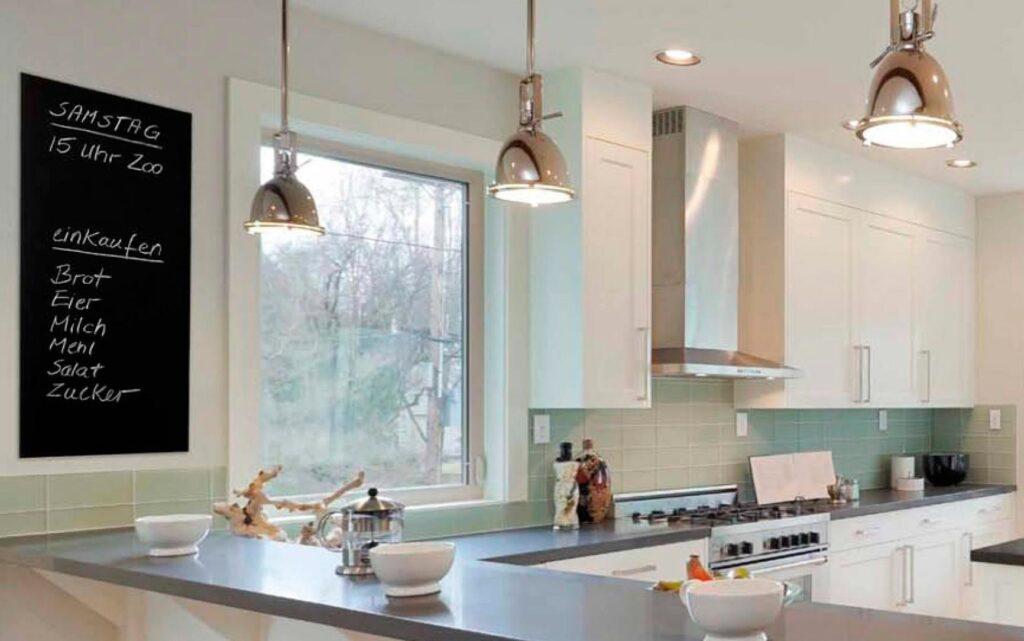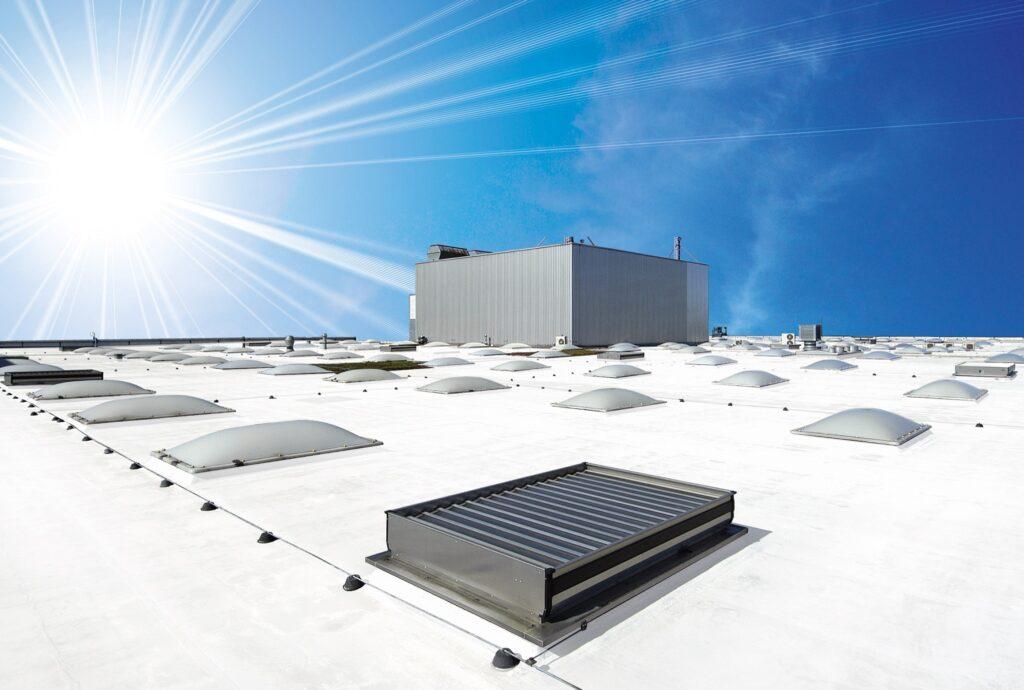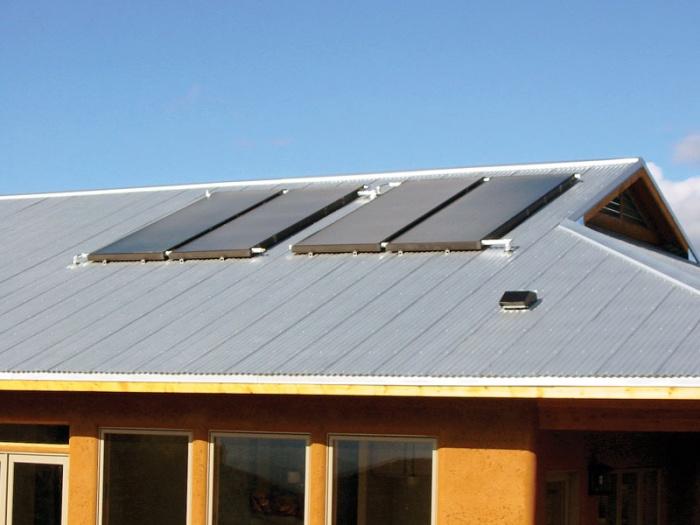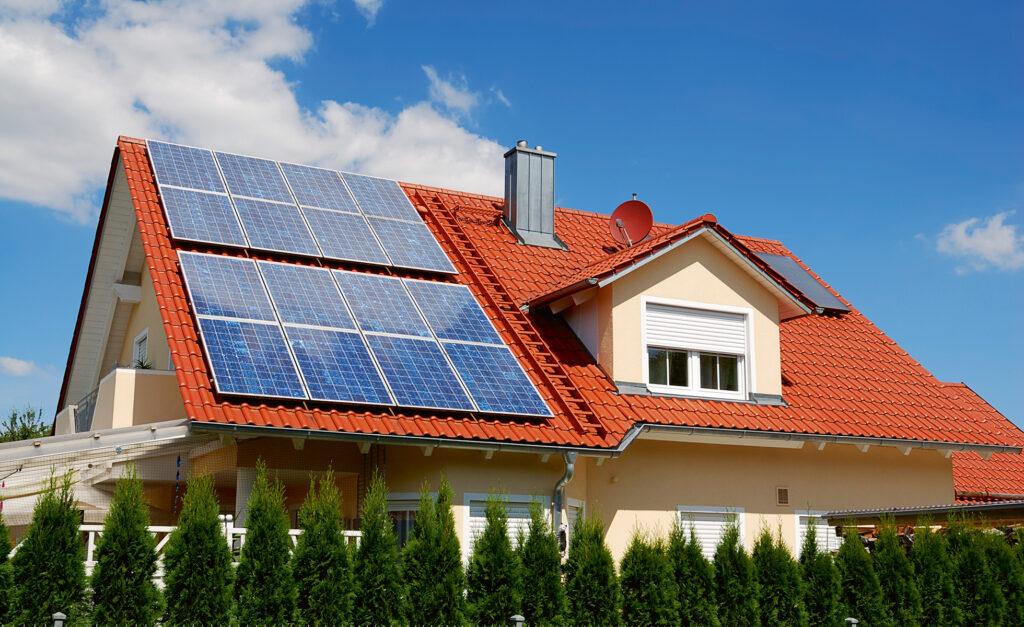INFRARED HEATING PANELS
Green House Tehcnology
Far infrared heat works exactly like the world’s largest natural heater – the sun. Using the principles of conversion, our panels use far infrared waves, which produce heat when they touch a surface such as a wall, an object, or our bodies rather than heating the surrounding air.
Once an object begins to heat up it radiates heat back into the room so the heating is felt almost immediately.
This is a far more efficient way than traditional convection heating which causes hot air (which is very poor at heat retention) to rise and then as it cools it drops, resulting in warm and cold areas in a room. Our system helps to eliminate this problem entirely.
Once an object begins to heat up it radiates heat back into the room so the heating is felt almost immediately.
This is a far more efficient way than traditional convection heating which causes hot air (which is very poor at heat retention) to rise and then as it cools it drops, resulting in warm and cold areas in a room. Our system helps to eliminate this problem entirely.


COOL ROOFS
Green House Tehcnology
Cool roofs are specially designed to offer increased solar reflectance and decreased thermal emittance. In other words, they reflect more of the sun's rays than your average shingle roof, and prevent the warm or cool air inside from escaping through the top of a building. Under the intense heat of the summer sun, dark shingle roofs can reach temperatures of 150 degrees Fahrenheit (65.5 degrees Celsius). The reflectance of a cool roof can cut that down by more than 50 degrees.
Lowering the temperature of the roof itself is an advantage, of course, but the real savings are inside. A cool roof improves the interior temperature of a building, either by reflecting intense heat or trapping the air inside. That reduces the strain placed on air conditioning systems, thereby reducing the emissions that result from powering our heating and cooling.
Lowering the temperature of the roof itself is an advantage, of course, but the real savings are inside. A cool roof improves the interior temperature of a building, either by reflecting intense heat or trapping the air inside. That reduces the strain placed on air conditioning systems, thereby reducing the emissions that result from powering our heating and cooling.
SOLAR WATER HEATER
Green House Tehcnology
Solar water heating collectors capture and retain heat from the sun and transfer this heat to a liquid. Solar thermal heat is trapped using the “greenhouse effect,” in this case is the ability of a reflective surface to transmit short wave radiation and reflect long wave radiation. Heat and infrared radiation (IR) are produced when short wave radiation light hits a collector’s absorber, which is then trapped inside the collector. Fluid, usually water, in contact with the absorber collects the trapped heat to transfer it to storage.
Two principles govern solar thermal collectors. First, any hot object eventually looses its heat back to the environment. The efficiency of a solar thermal collector is directly related to heat loss, mainly from convection and radiation. Thermal insulation is used to slow down heat loss from a hot object to its environment.
Two principles govern solar thermal collectors. First, any hot object eventually looses its heat back to the environment. The efficiency of a solar thermal collector is directly related to heat loss, mainly from convection and radiation. Thermal insulation is used to slow down heat loss from a hot object to its environment.


SOLAR POWER
Green House Tehcnology
In the last 10 years, homes with rooftop solar arrays have gone from curiosity to commonplace. It's a trend perhaps best exemplified by Home Depot's decision to start stocking solar panels in 2001.
The technology has been available for decades -- NASA has been using solar-powered satellites since the 1960s, and as far back as World War II, passive solar heating systems (which turn solar energy into heat instead of electricity) have been used in U.S. homes.
Getting active solar systems in the mainstream residential market has proved a challenge, though. Active solar power uses arrays of photovoltaic cells to convert sunlight directly into electricity, and it has traditionally been a prohibitively expensive technology.
The technology has been available for decades -- NASA has been using solar-powered satellites since the 1960s, and as far back as World War II, passive solar heating systems (which turn solar energy into heat instead of electricity) have been used in U.S. homes.
Getting active solar systems in the mainstream residential market has proved a challenge, though. Active solar power uses arrays of photovoltaic cells to convert sunlight directly into electricity, and it has traditionally been a prohibitively expensive technology.
